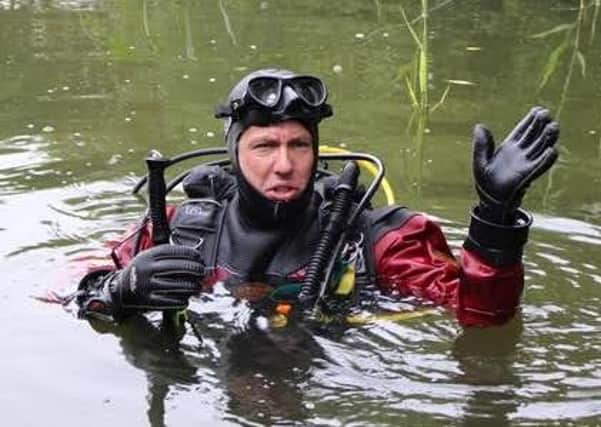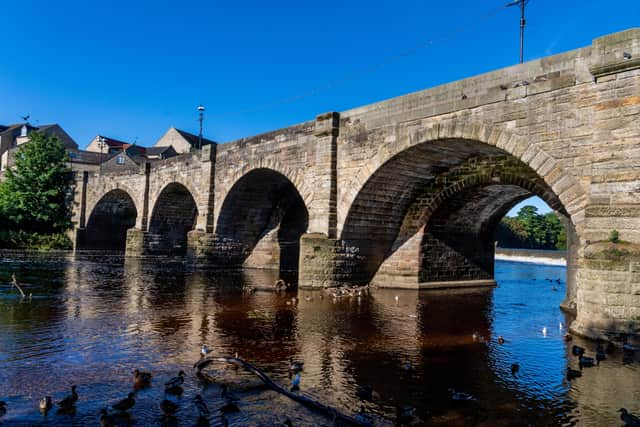Shocking evidence of pollution


Wetherby resident Mark Barrow of Beneath British Waters, has spent the past 30 years filming fish life in the river in the town and had noticed an increase in sewage.
On August 24 he joined Ilkley River Clean Group and professor Rick Batterbee to gather samples for a major new report, covering the entire length of the Wharfe.
Advertisement
Hide AdAdvertisement
Hide Ad“The data from the iWharfe testing day for sewage is shocking and Collingham Beck is bad too,” said Mark.


“The idea, due to sewage issues in the River Wharfe, was to test the entire length of river.
“It was split into different zones and I was involved in zone five at Wetherby down to Cawood testing various sites.
“For me it was important to do due to spending the last 30 years filming in this river and slowly watching it decline in areas.”
Advertisement
Hide AdAdvertisement
Hide AdThe iWharfe project involved communities along the Wharfe valley working with the Environment Agency, Yorkshire Water and other agencies.
Water samples were collected and analysed for faecal bacteria, the organisms in waste water that cause gastro-intestinal illness.
The report states that none of the popular sites used for recreation along the entire length of the river was “safe to swim in” on the day of sampling.
High concentrations of E coli and intestinal enteroccia were observed at popular recreational sites in Upper Wharfedale, such as Linton Falls and Burnsall, were unexpected.
Advertisement
Hide AdAdvertisement
Hide Ad“Concentrations were also relatively high from Ilkley downstream to the Ouse confluence at Cawood,” stated the report.
“Our calculations suggest that even the sites with the lowest concentrations would fail to meet bathing water standards if judged according to EU legislation.
“The dominant source of faecal bacteria pollution in the river is effluent from Sewage Treatment Works.”
The report illustrates the need for legislation to be revised.
Advertisement
Hide AdAdvertisement
Hide AdUnlike coastal sites current legislation does not require water companies to make river water safe for swimming by disinfecting effluent discharges.
Dr Martin Christmas, Regional Director of the Environment Agency said: “Partnerships always seem to bring benefits greater than the sum of their parts.
“Being part of the iWharfe team has, and will be, a key part of making a real difference to the water environment in Wharfedale.”
Yorkshire Water Corporate Affairs Director Richard Emmott said: “The iWharfe team has done an excellent job with this report and it is really good to see a growing level of public engagement with Yorkshire’s rivers.
Advertisement
Hide AdAdvertisement
Hide Ad“As more people use our rivers for recreation, this strengthens the case for more investment to improve river water quality.
“Our rivers are in far better condition that they were 30 years ago, but we’ll need concerted work from all stakeholders to deliver the further improvements
to meet growing public expectations.”